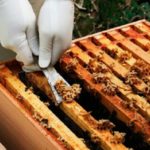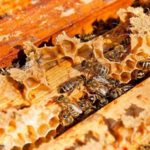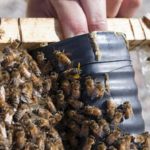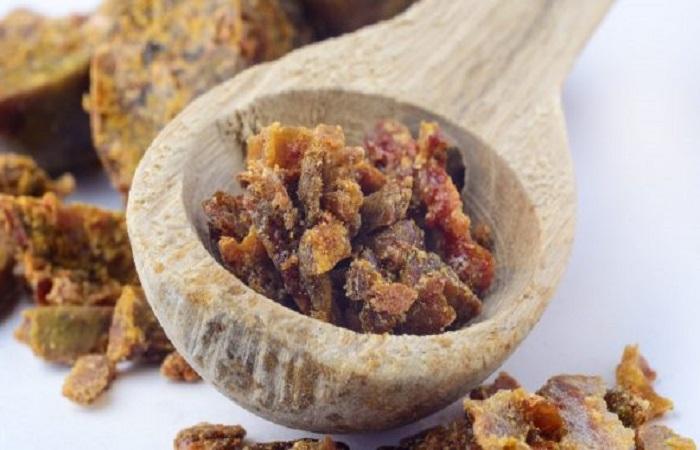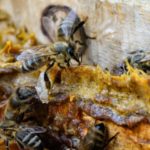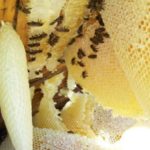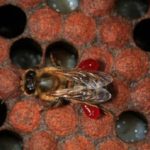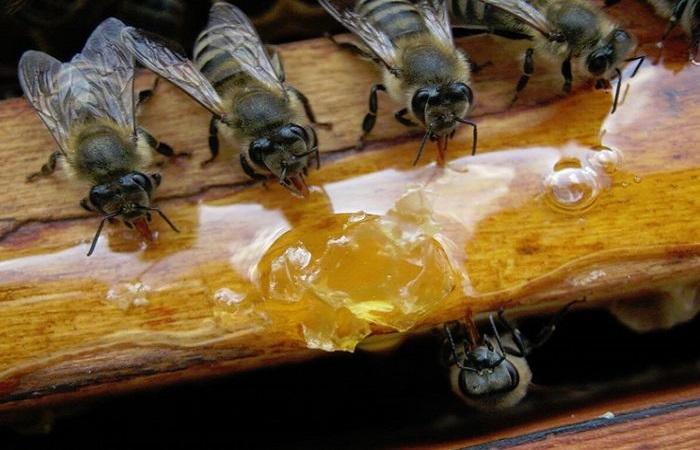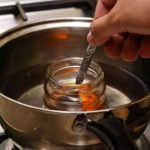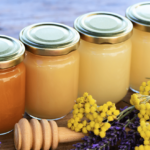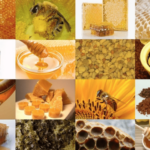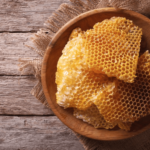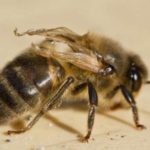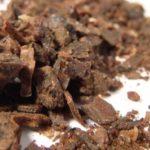Most people know about the healing properties of propolis. It has long been used in folk medicine in the form of tinctures and ointments. But not everyone knows how to get it and how to choose a quality product. Let's figure out what the substance looks like, how exactly bees make propolis, and why it differs in color. We will learn about the signs of a quality product and symptoms indicating its deterioration.
What does real propolis look like?
Propolis is produced by bees by adding their own enzymes to the collected tree bud resin. A bee colony is capable of producing 100-160 grams of product per year. This substance with a complex organic composition is used by insects to seal cracks and disinfect the hive.
The composition contains a large number of resins, essential oils, balms and wax. The product has a disinfectant effect, strengthens the immune system, and accelerates wound healing. The substance is recognized as a natural antibiotic.
There are soft and hard varieties of the substance. Soft propolis is of better quality, it contains less wax, and the substance hardens over time. Propolis is a viscous or hard mass; when the temperature rises, it becomes plastic and is easily kneaded by hand. It crumbles at temperatures below +15 °C. Freezing makes the substance brittle.
Product smell
Fresh propolis has a pungent odor consisting of honey notes, the aroma of resins, essential oils and wax. There is a light flair of vanillin. The product is stored tightly closed, otherwise the aroma decreases over time, but does not disappear. The smell may vary slightly depending on the quality of the substance and what plant resins the bees used. When lit, the substance smells like incense.
Taste of propolis
The substance has a pleasant bitter taste. When chewed, the substance becomes viscous and sticks to the teeth. After chewing the product, a burning sensation and slight numbness occurs in the mouth, on the tip of the tongue, in the tonsil area. Systematic chewing of propolis for 5-10 minutes will protect the throat from inflammation and teeth from caries. If you chew the product for 25-30 minutes, a strong bitterness appears, the product begins to crumble, then you can swallow it with a small amount of liquid.
How bees make it
The composition is intended to protect the hive. The viscous substance is used for sealing cracks, tap holes, and gluing frames. The resins and esters that make up the substance have bactericidal properties. Insects use propolis to disinfect your home.
A special squad of insects is allocated for collection. The resin is taken from the sticky buds of poplar, birch, alder, and ash. Coniferous trees are also a source of resins for bees.
Important: scientists have not been able to recreate propolis under artificial conditions.
The shade of the substance obtained after bee processing depends on the type of plant from which the resin was obtained. Propolis does not dissolve in water; with strong heating, a small part (about 10-13%) of the substance passes into the solution.Alcohols, ethers, acetone and other organic compounds completely dissolve the substance. Alcohol tinctures and ointments are used to treat various diseases:
- as a prophylactic during cold season;
- in the treatment of sore throat, tonsillitis, laryngitis;
- for diseases of the oral cavity.
The product is dangerous for people with allergies to bee products and pollen.
Signs of propolis spoilage
The substance should not be purchased if the product is too dark in color or uneven when cut. Remains brittle at high room temperatures (from +23 °C). Floats in water and does not have a distinct odor. If traces of mold are visible on the cut.
Bees are amazing creatures. Insects are able to create several products at once, each of which is needed by people. For centuries, they have provided us not only with delicacies, but also with effective natural medicines. Propolis is one of a whole complex of such substances.

